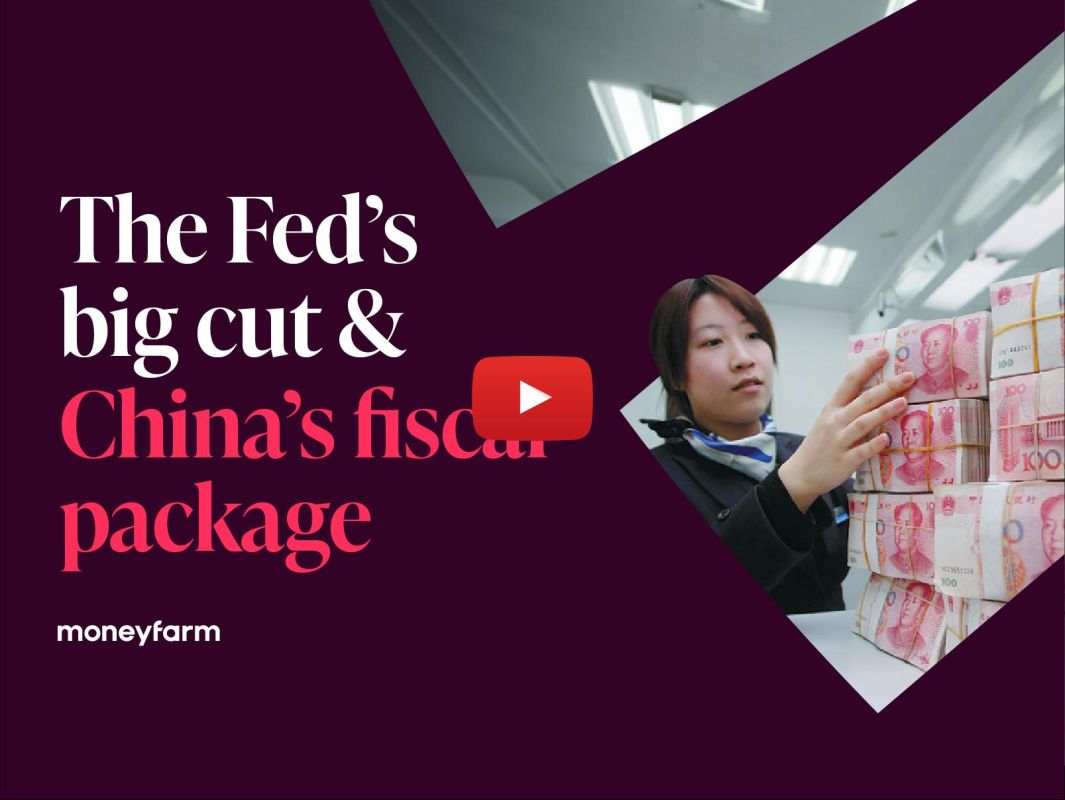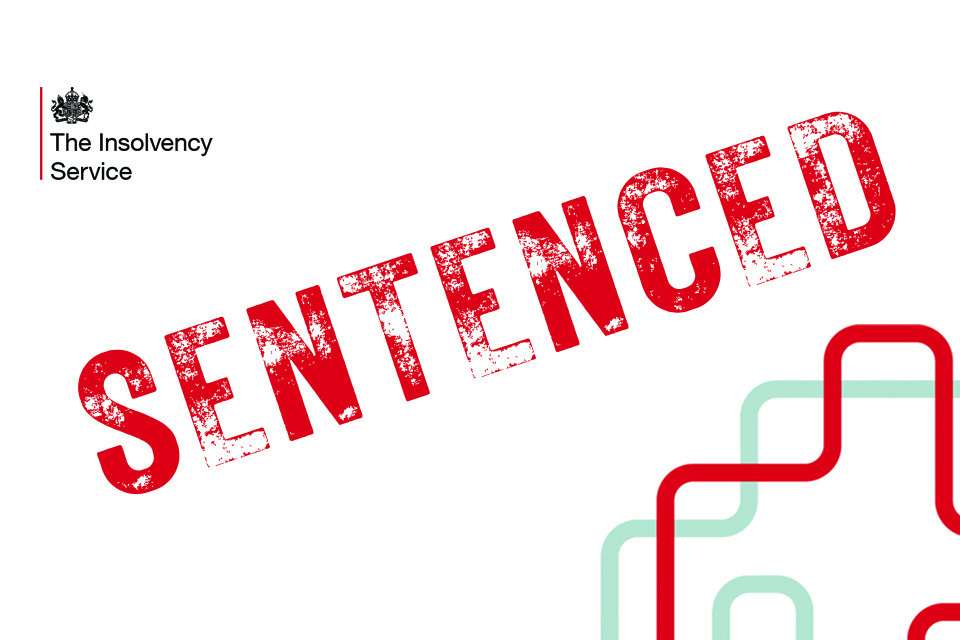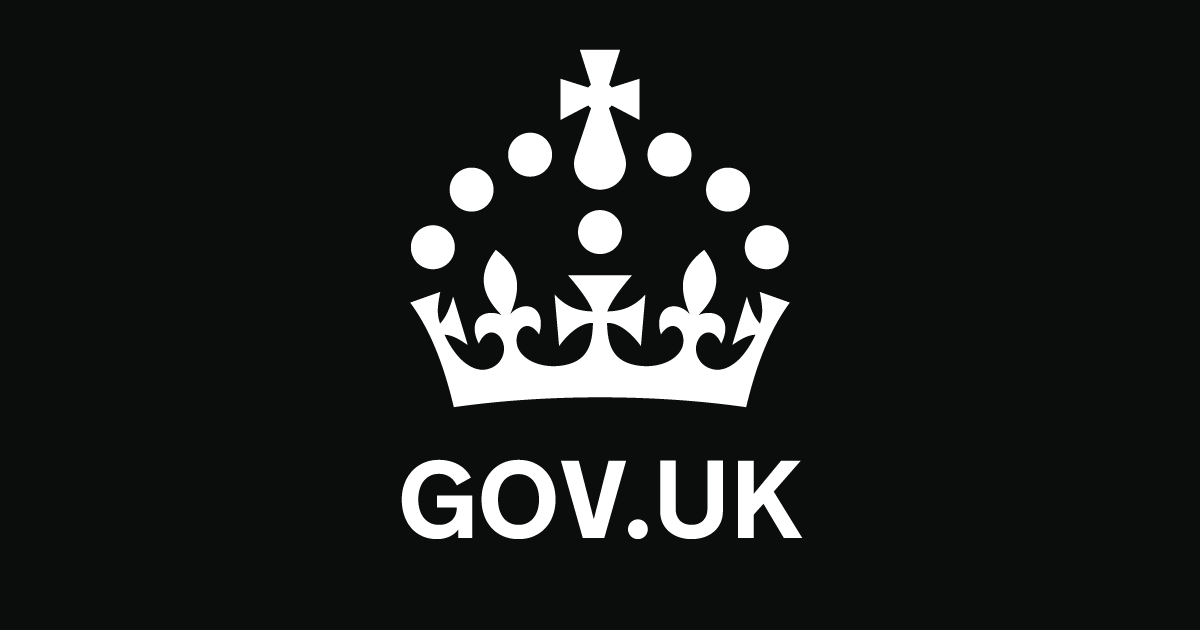After a difficult start to September, equity markets staged a bit of a recovery in the second half of the month, led particularly by China and the US.
There are a couple of things to highlight. The first was an interest rate cut from the US Federal Reserve (Fed), the first rate cut since March 2020. The second was a stimulus package from the government in China.
Most investors expected the US Central Bank to cut rates in September. The question was whether they would choose to cut by a quarter or half of a percent.
In the end, policy makers chose to cut by 50 bps – something you usually see only during a crisis. It was a bit of a balancing act – the chair of the Federal Reserve, Jerome Powell, wanted to signal that the central bank is focused on employment. He also reassured everyone that the economy remains on solid footing and that we shouldn’t expect to see the Fed move in 50 bps steps going forward. Judging by the market response, it looks like Powell has managed it. Markets reacted, but not too much. Recent macro data, like retail sales, GDP and weekly unemployment numbers all suggested that the US economy remains in decent shape.
We think that the Fed’s moves make it more likely that we’ll see a so-called soft landing in the US economy. Economic growth will probably slow, but at the moment, we don’t expect to see a recession. We think that should be positive for risky assets.
Let’s turn now to China. Over the past couple of years, the Chinese economy hasn’t been as robust as many of us had hoped. The re-opening after Covid produced less of a bounce than expected. Distress among big housing developers has impacted on the financial system and consumer confidence, while inflation has generally come in lower than expected.
During past periods of economic uncertainty, the Chinese government has generally stepped in with fiscal stimulus packages – often focused on construction. But over the past year or so, we haven’t seen that much from the Chinese authorities. Policy rates have come down a bit, but the traditional fiscal response was lacking, possibly because policy makers have wanted to focus on cleaning up the property sector. Economic malaise in China has had a knock-on effect elsewhere – from industrial commodities to luxury goods companies in Europe.
Now, the Chinese government has announced more substantive measures, suggesting that they are more focused on reviving the economy. In terms of monetary policy, we saw a sharp cut in interest rates.
On the fiscal side, the government announced measures to support housing demand and the equity market. That has prompted a rally not just in Chinese equities, but also in some commodities and luxury goods companies in Europe.
So, we’ve seen stimulus measures in the two largest economies. In general, we think that should be positive for risky assets like equities.
Cutting interest rates in the US isn’t always good news for equities, but lower rates when the economy isn’t in recession is usually a pretty good combination.
One of the questions, though, is whether inflation will reaccelerate too quickly – particularly if the economy is still ok. That’s not our base case today, but it’s something to keep an eye on.
In China, we think the key question is whether the fiscal stimulus will do more than just provide a sugar rush for equity traders. The housing market still has its challenges, but we think the renewed focus on growth from policy-makers will likely continue and that should help sentiment.
*Capital at risk. Tax treatment depends on your individual circumstances and may be subject to change in the future.







